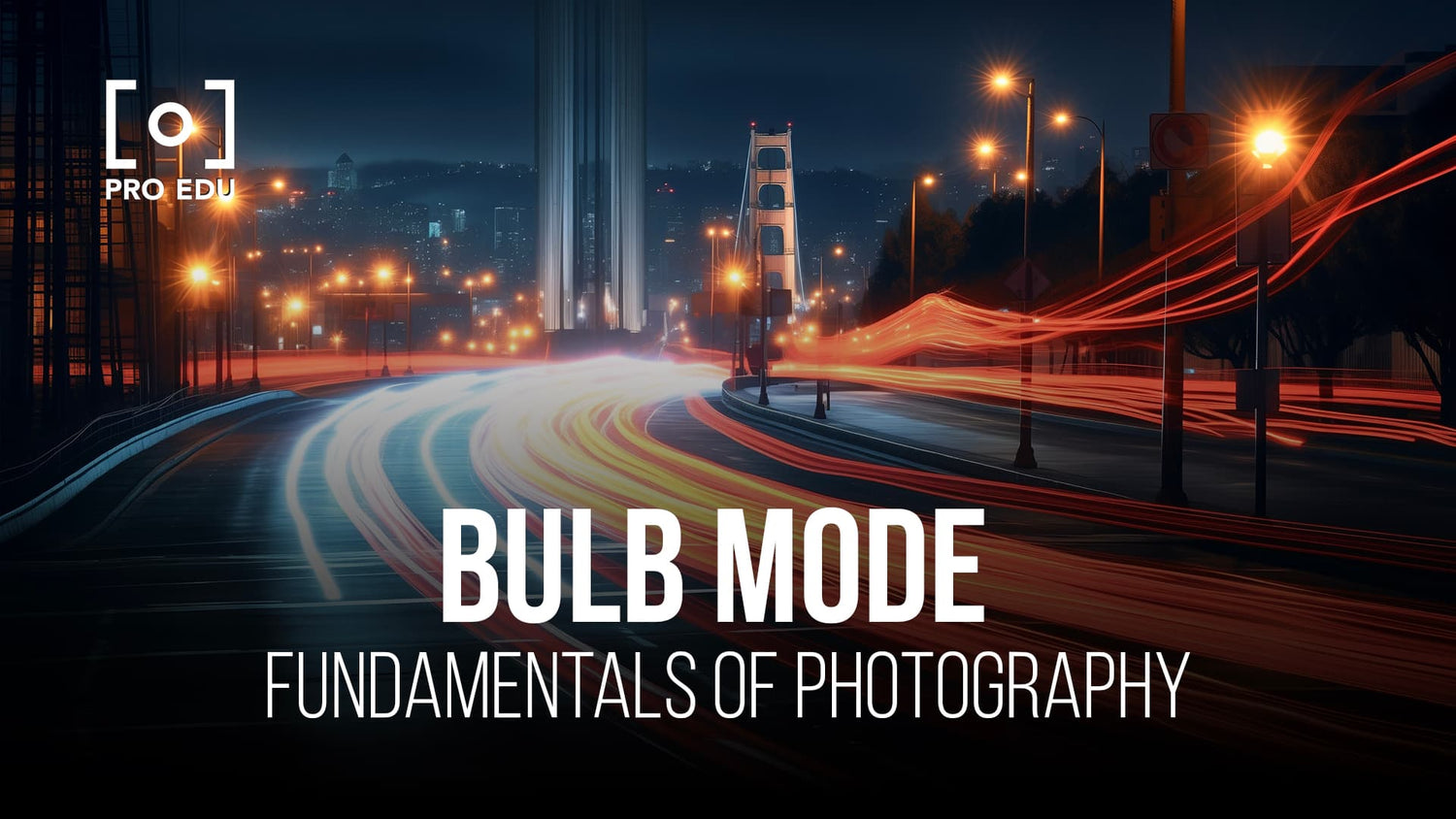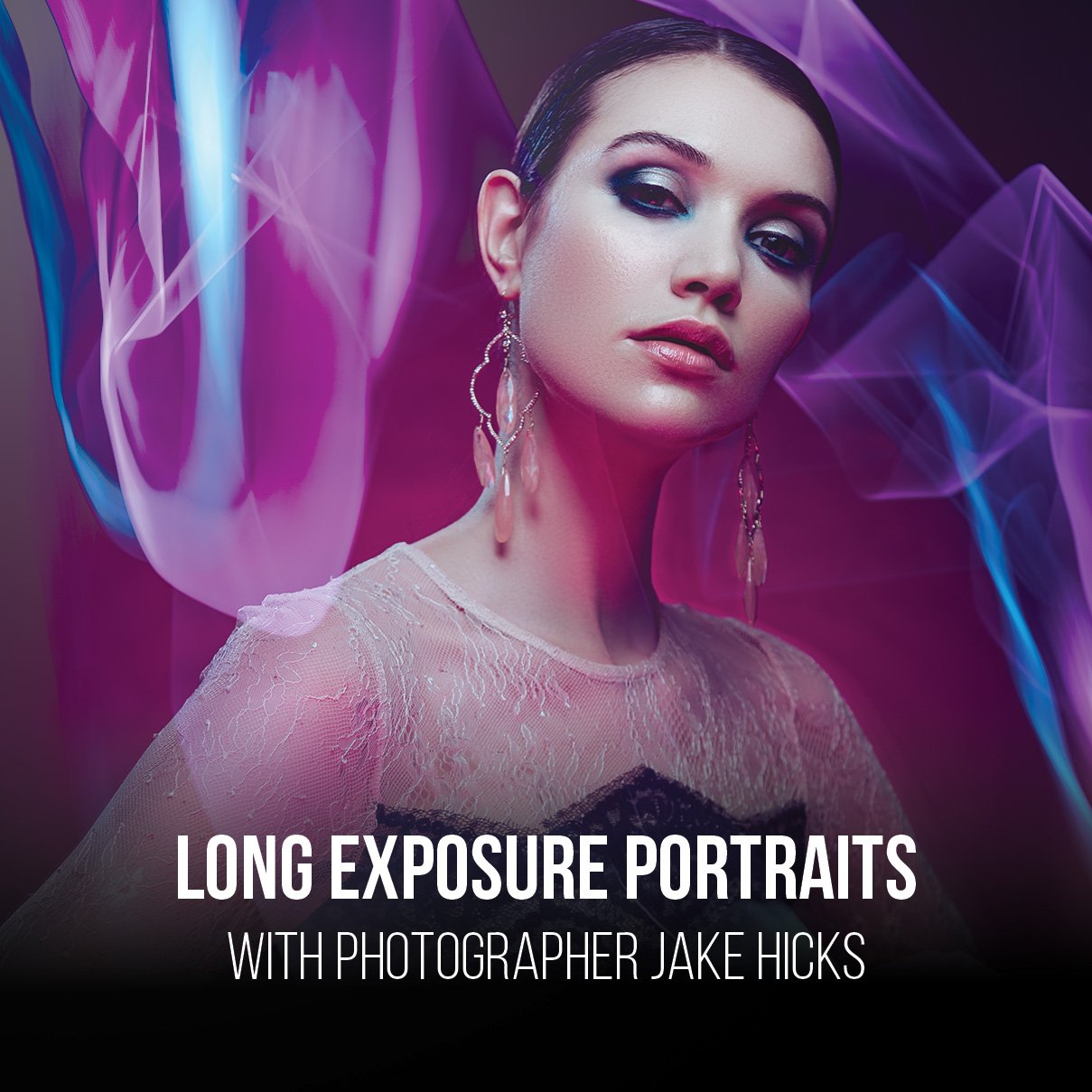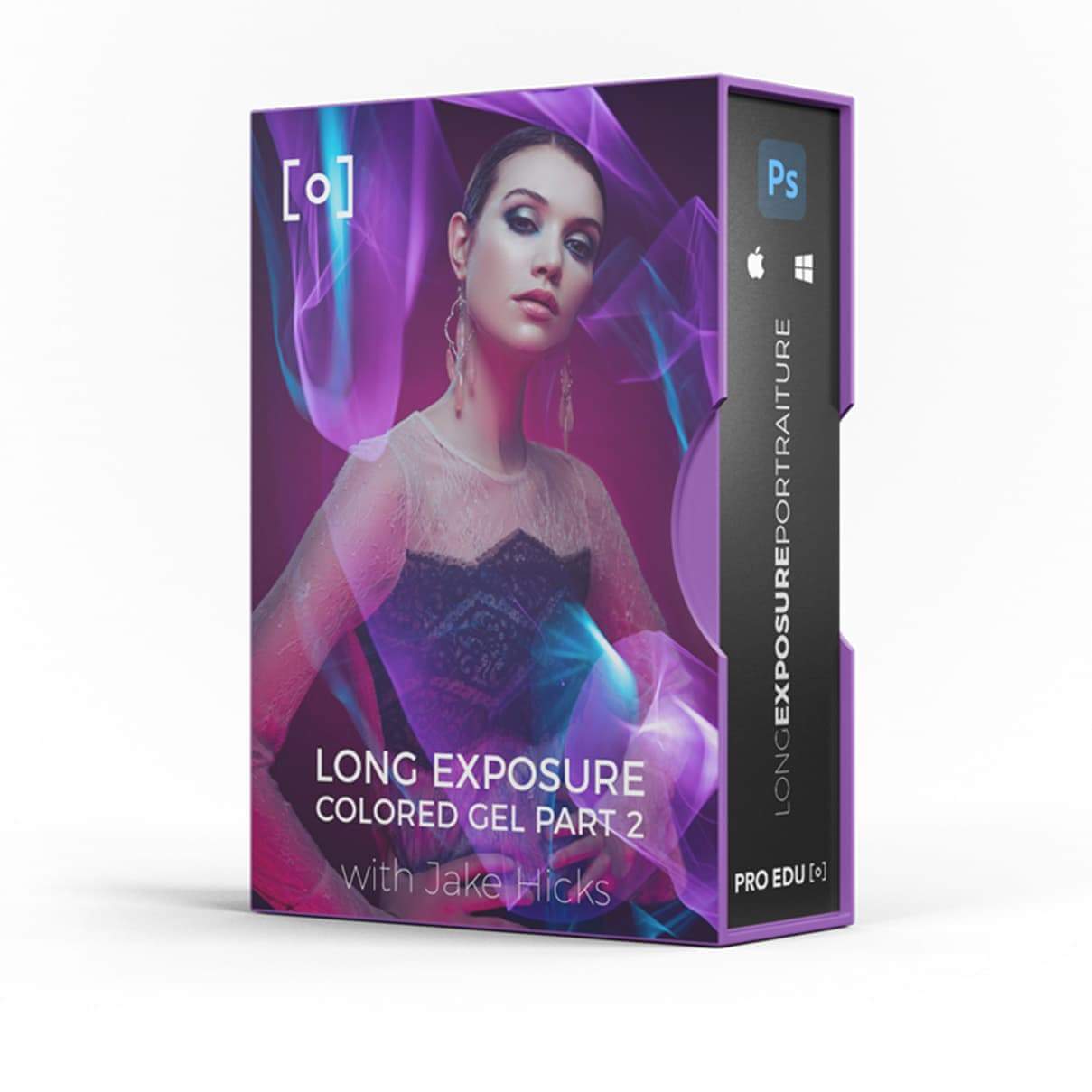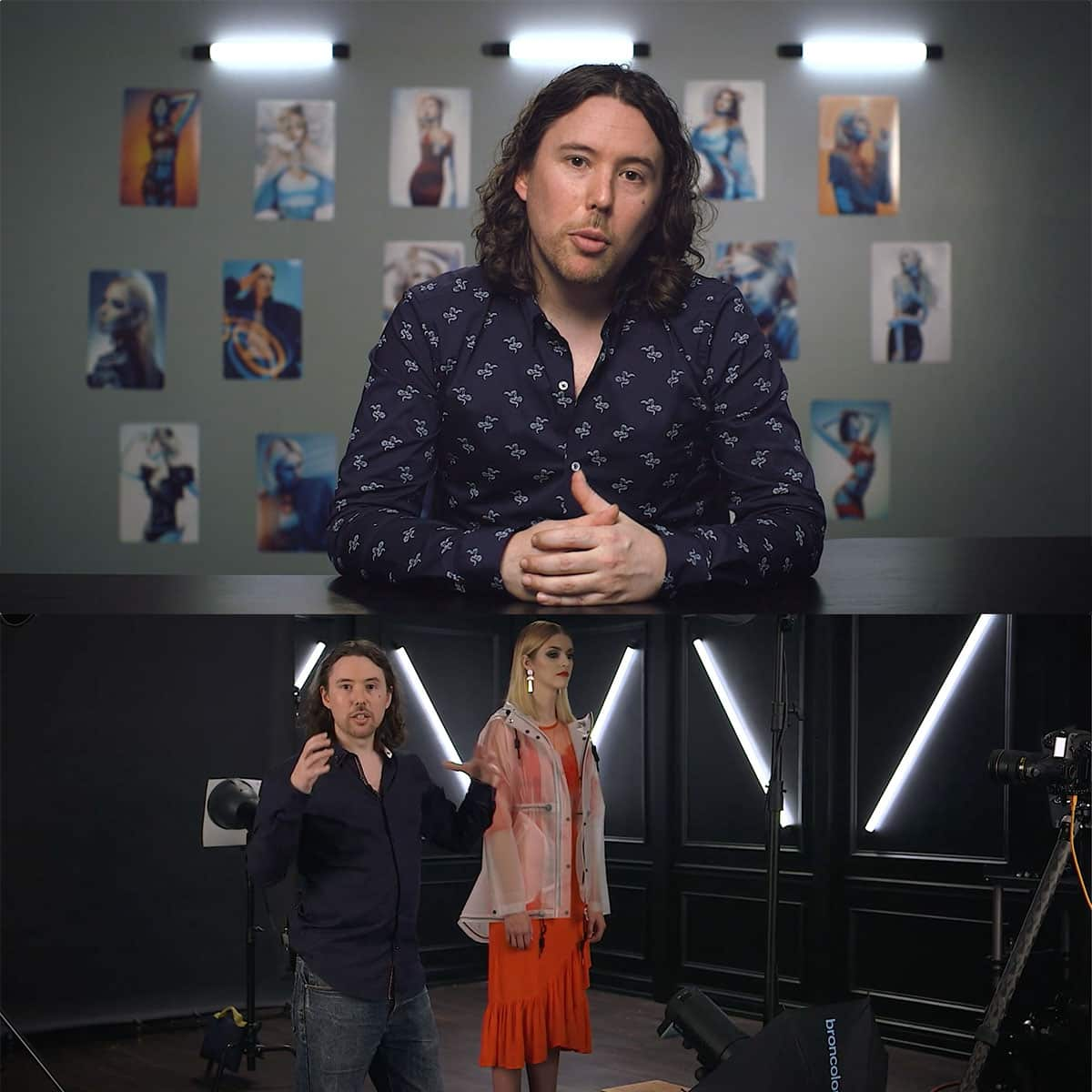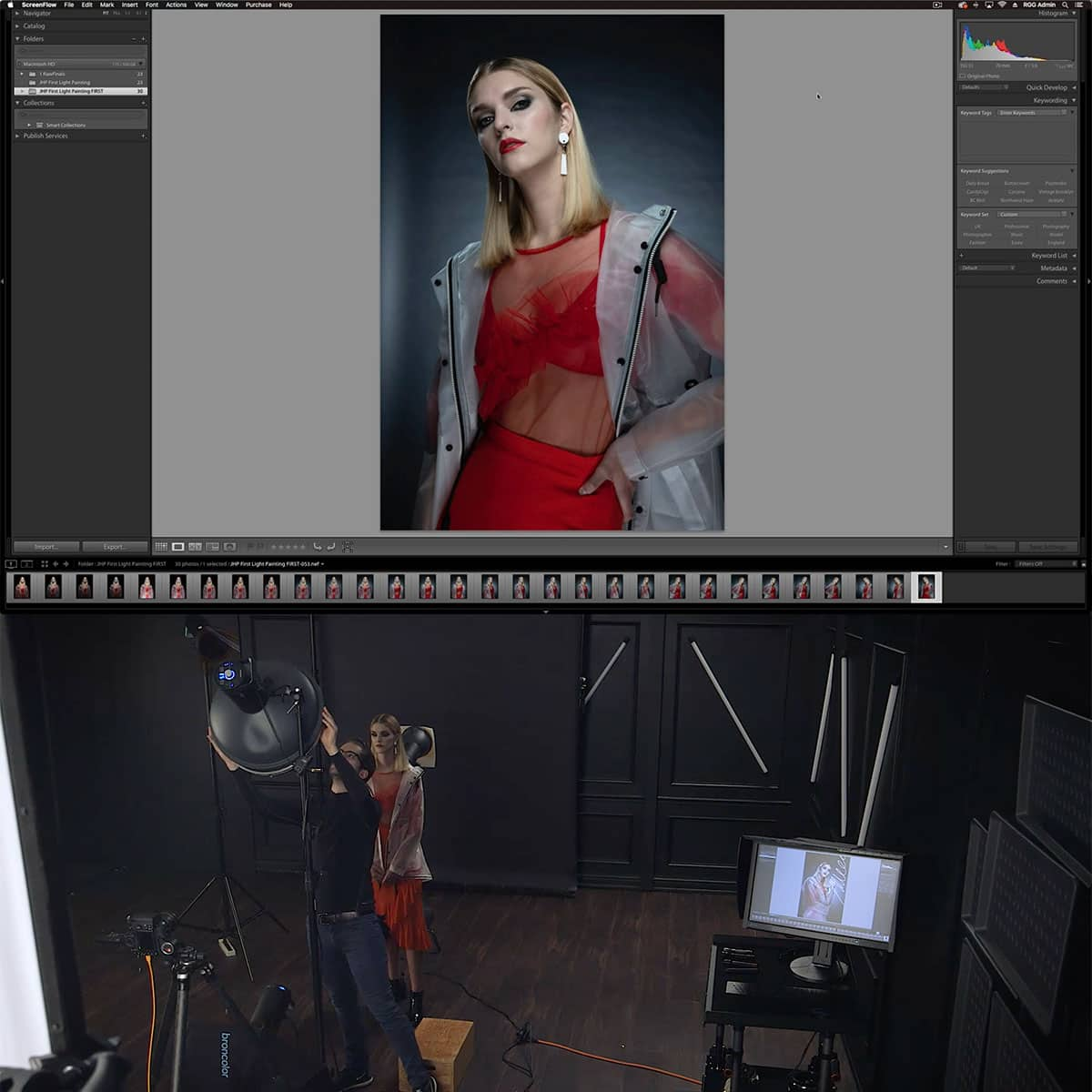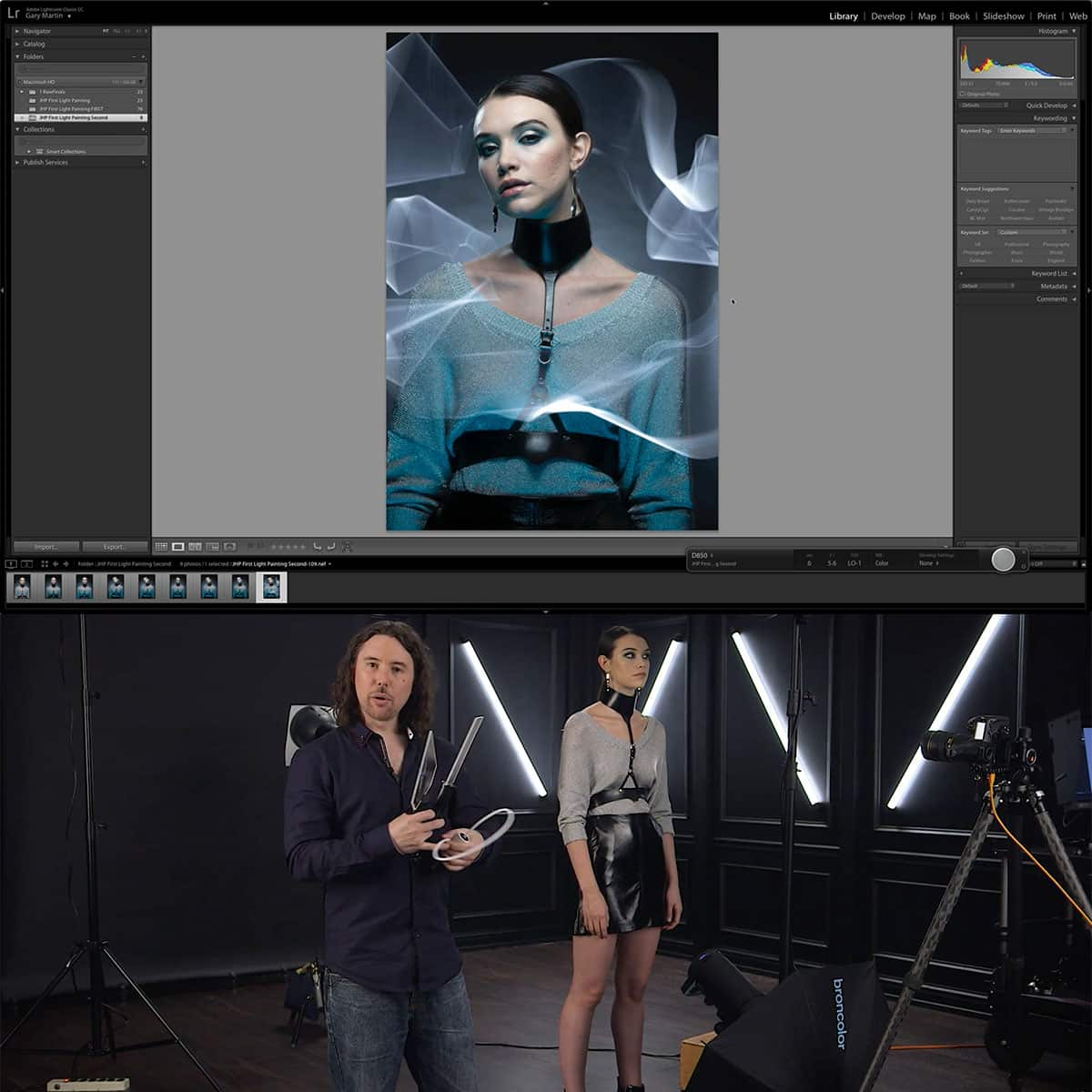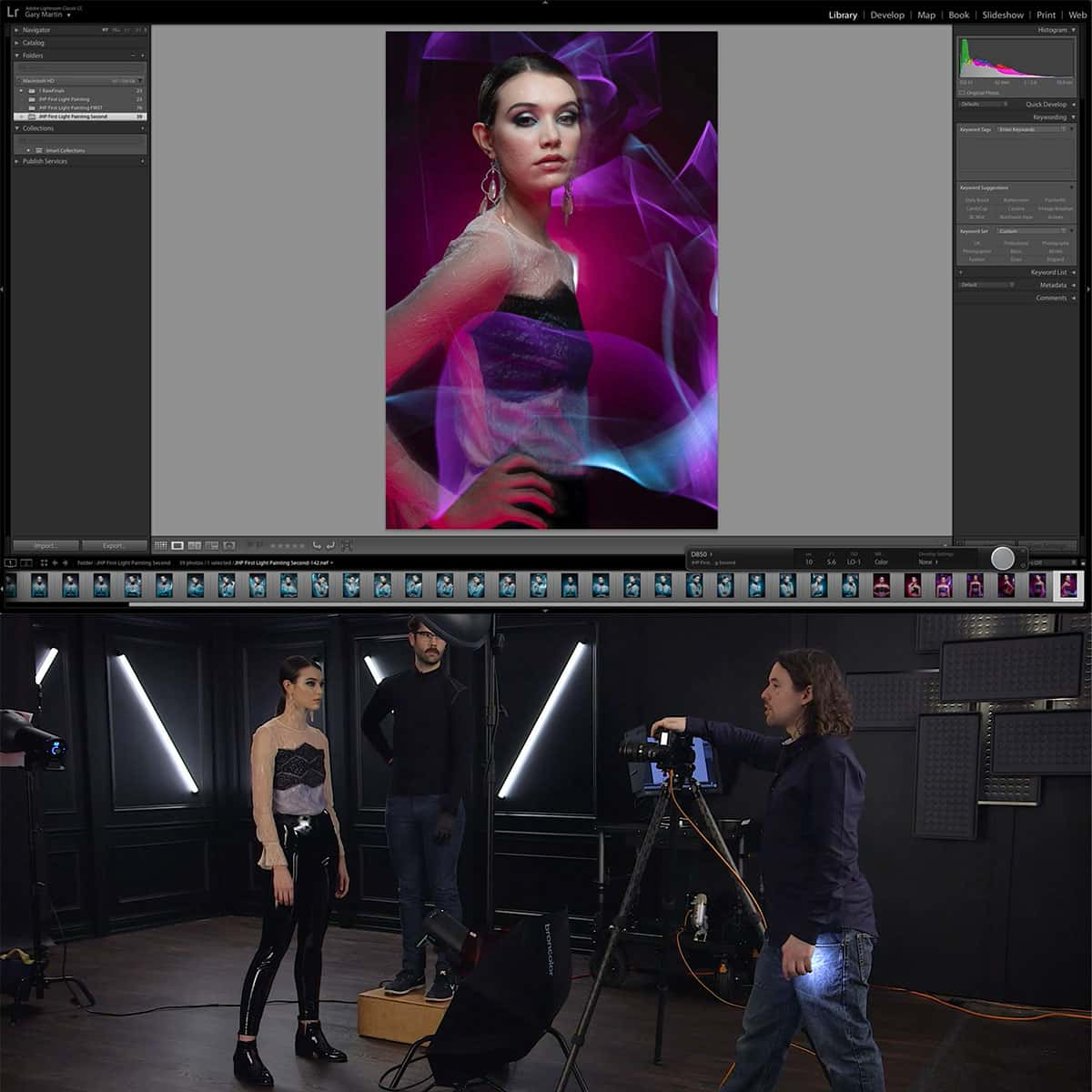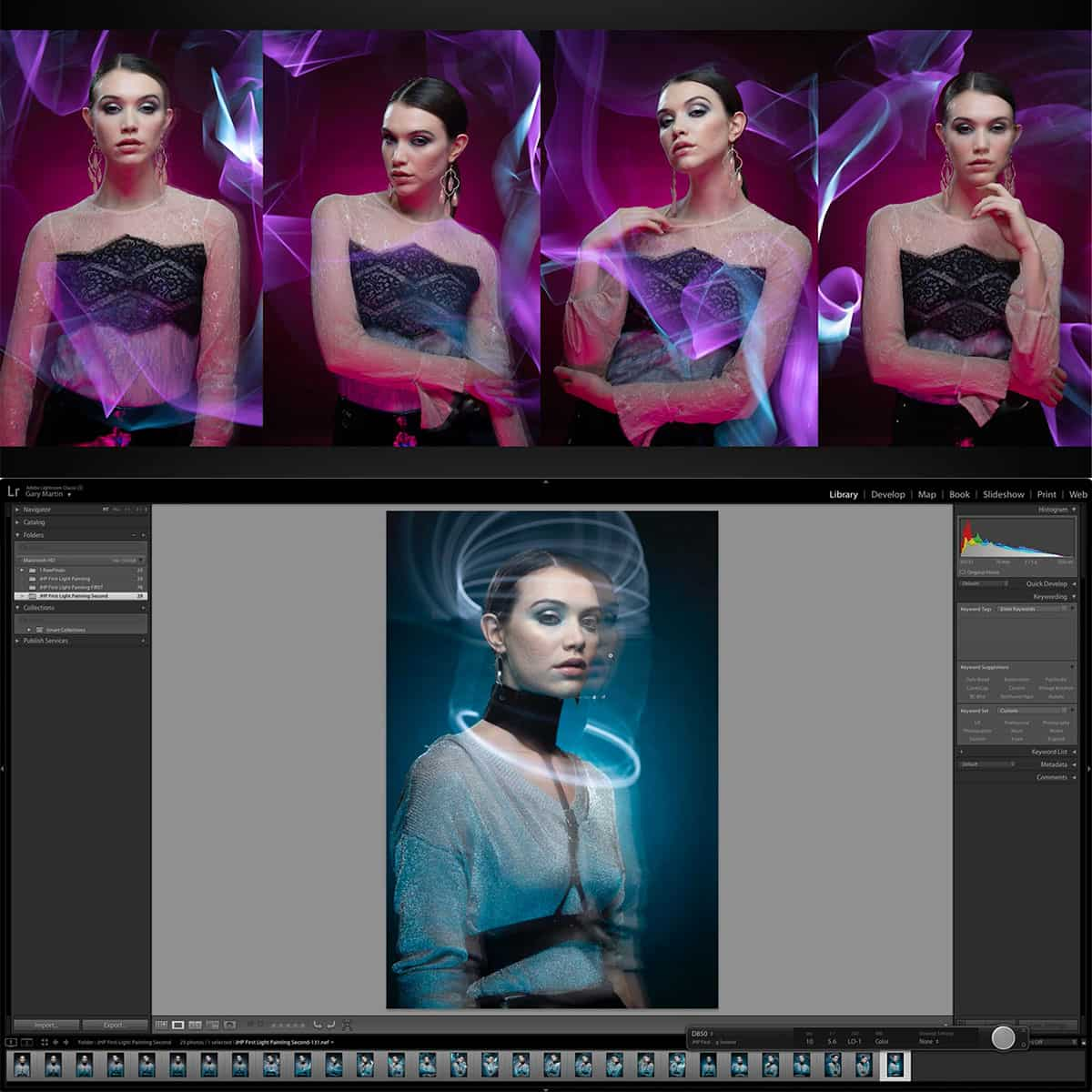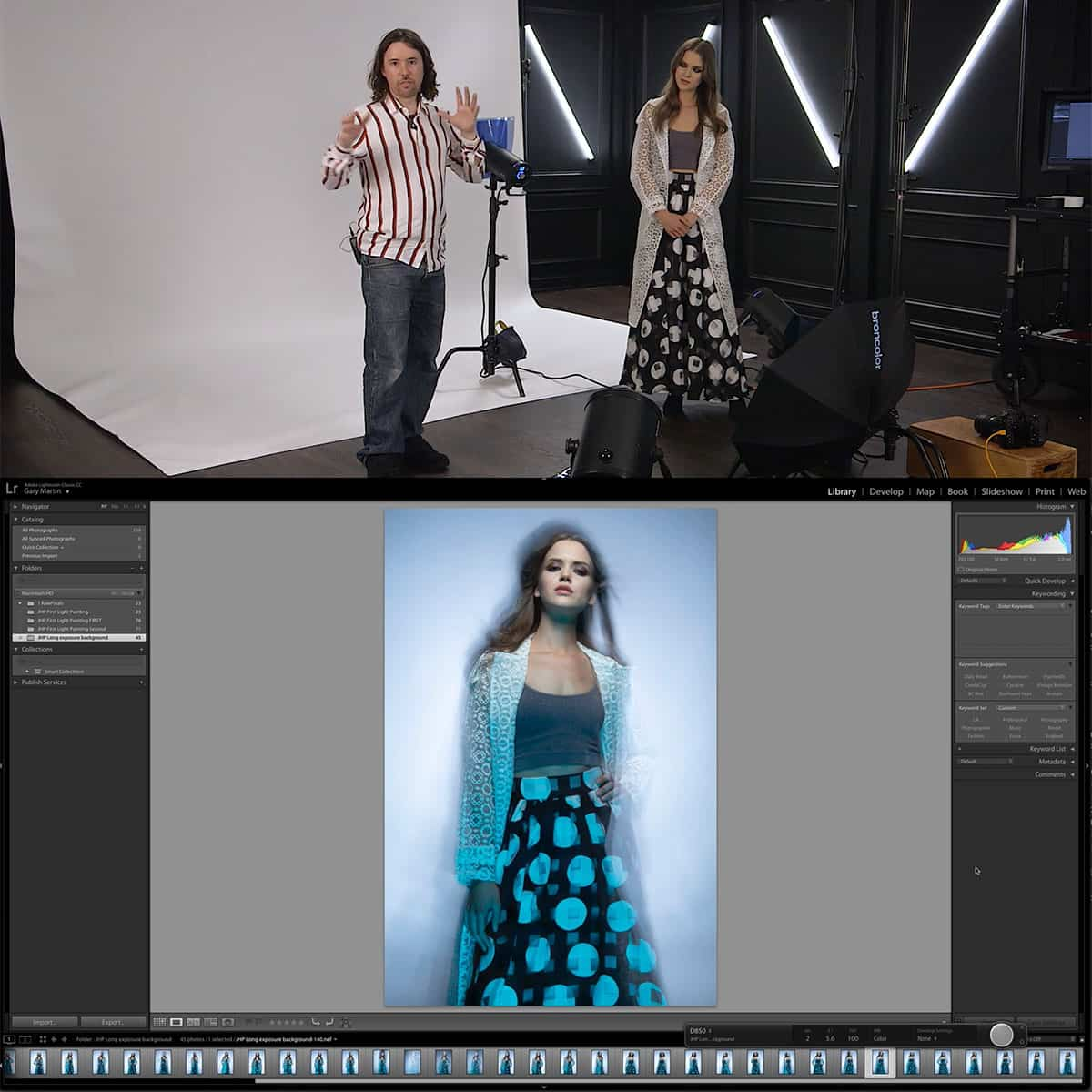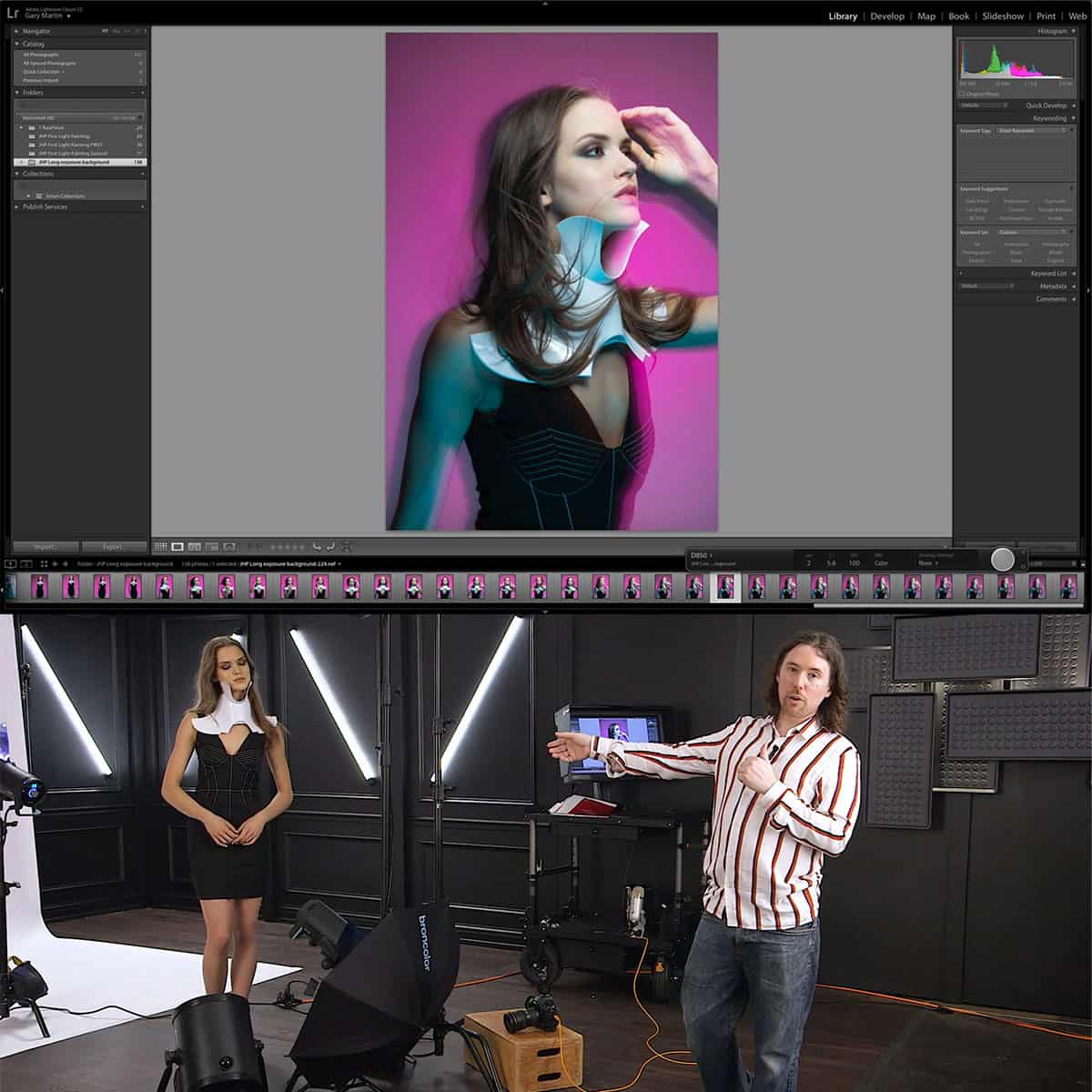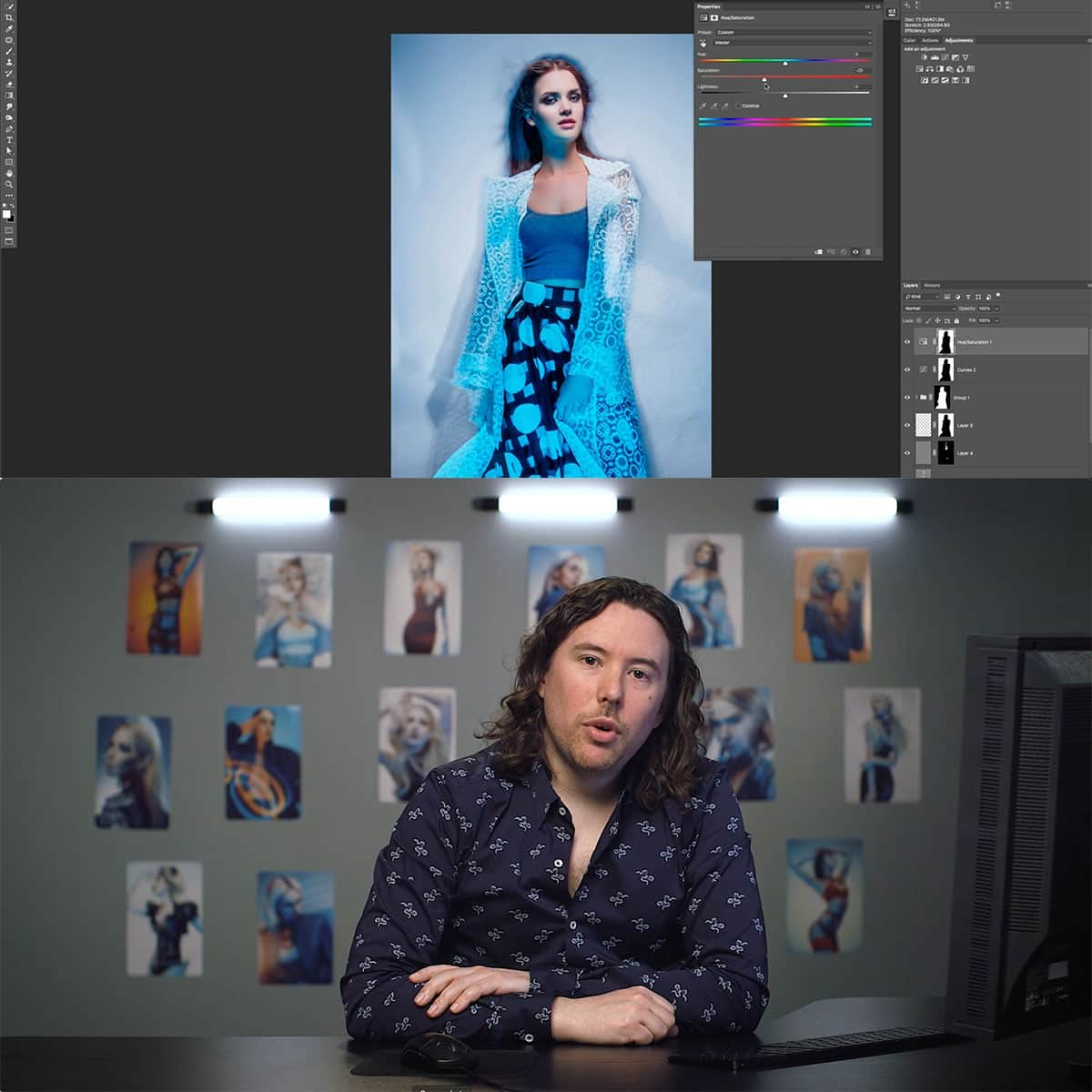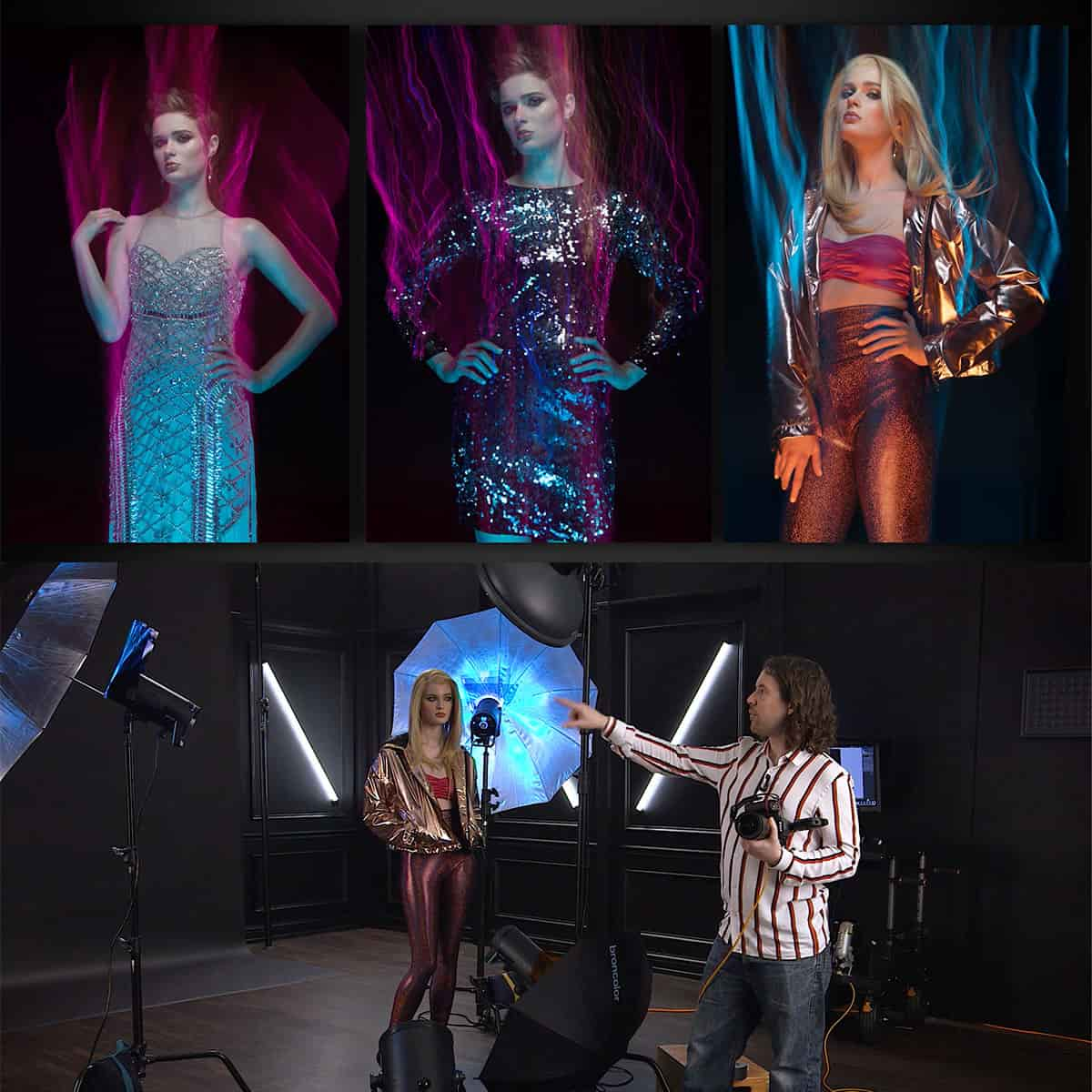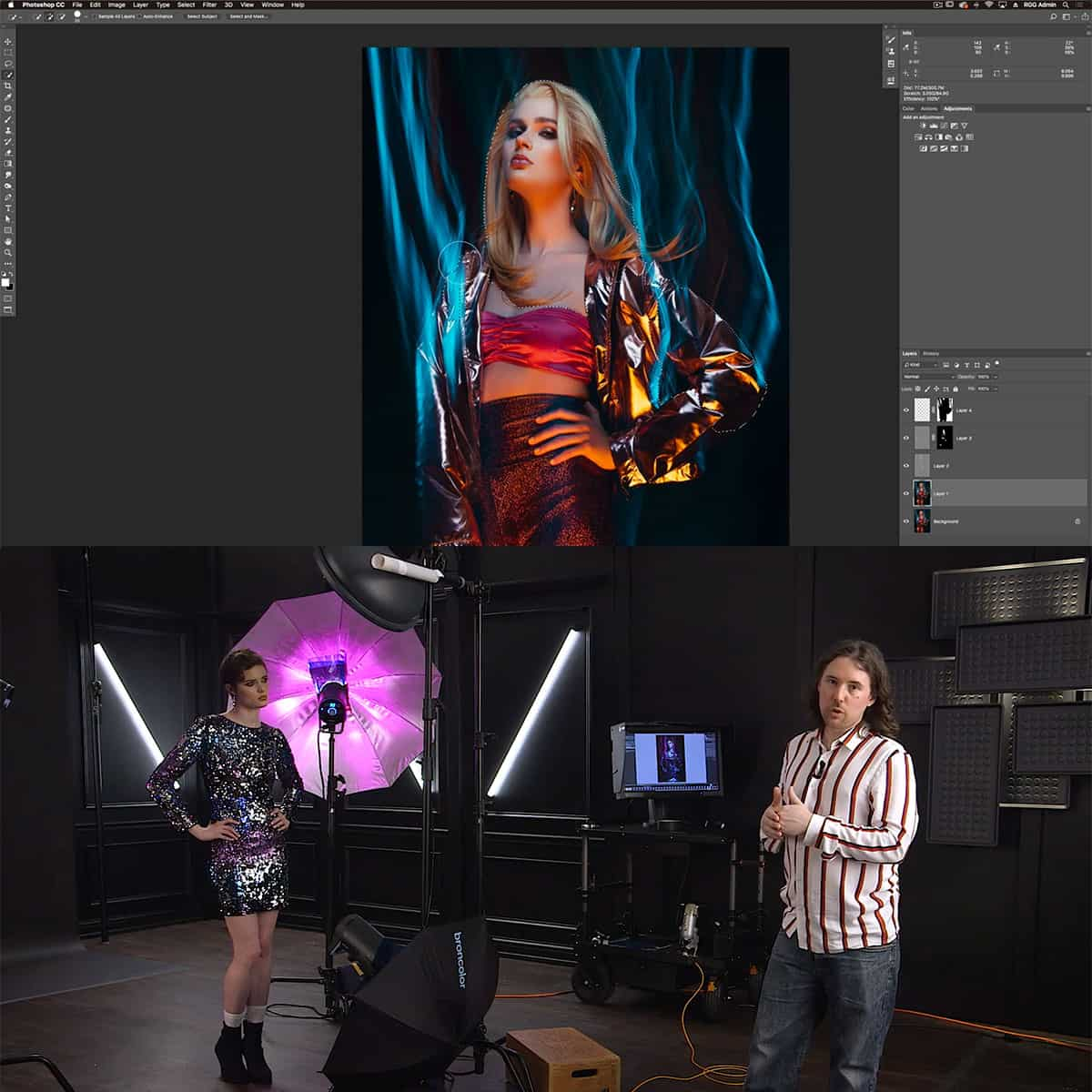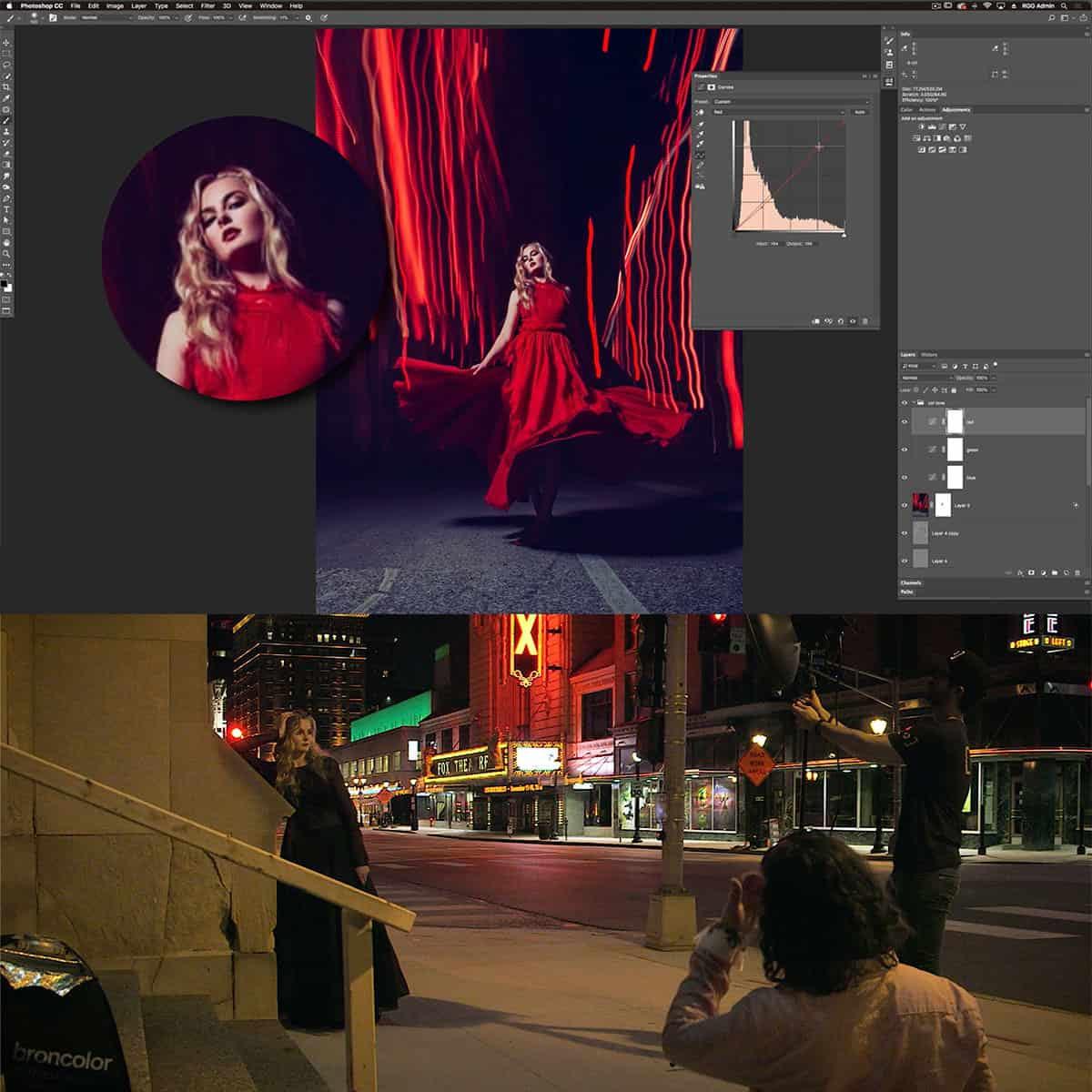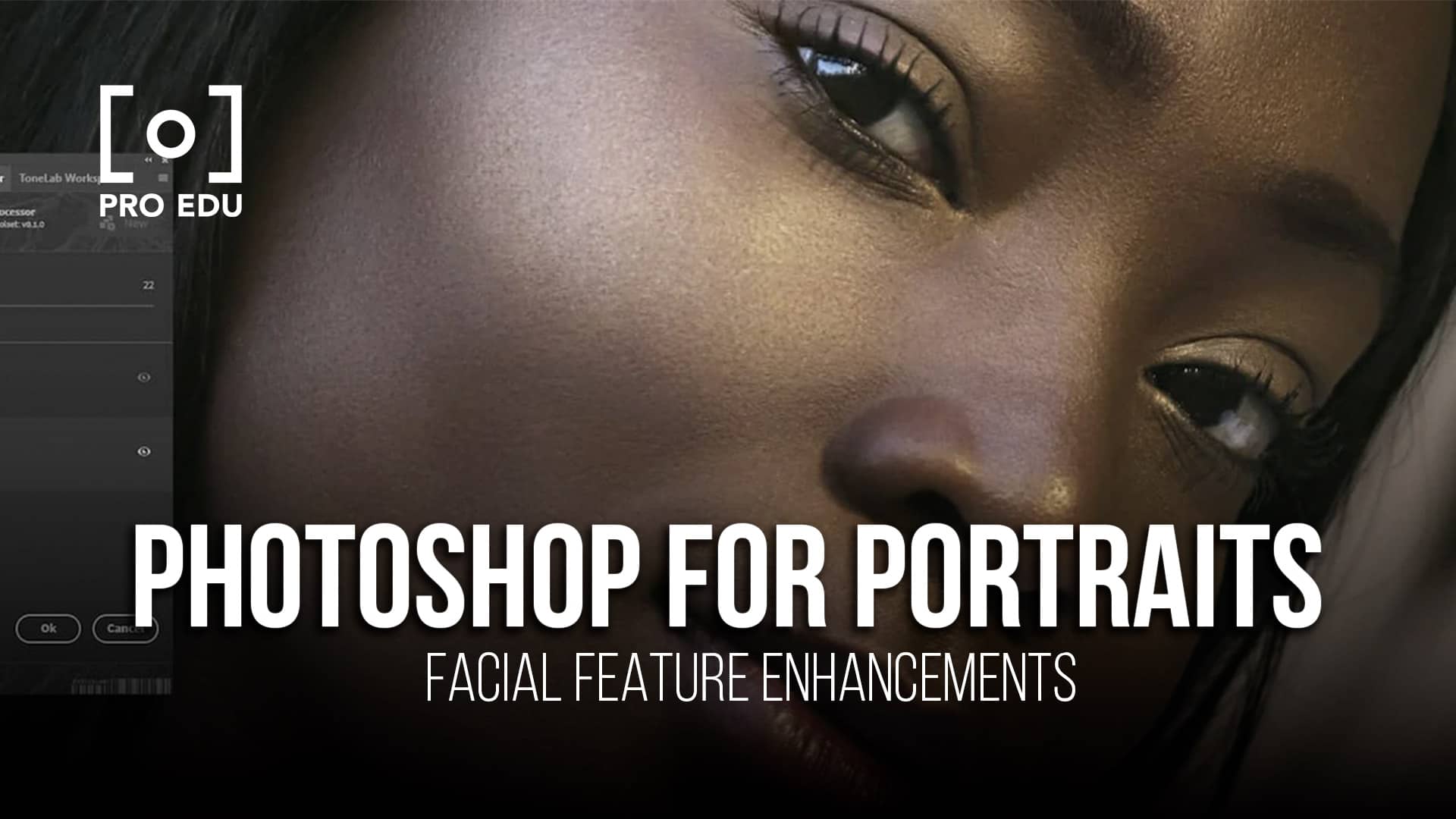Bulb Mode Photography: Mastering Long Exposures Simplified
Bulb mode photography is a technique that allows photographers to capture unique scenes using long exposures. By understanding how to use bulb mode, you can create stunning images that showcase the beauty of motion and the passage of time. This versatile feature is perfect for night photography, light painting, and capturing fast-moving subjects with a creative twist.
To master long exposure photography using bulb mode, it's essential to have a solid grasp of exposure settings. This includes understanding the relationship between aperture, shutter speed, and ISO to achieve the right balance for your shots. Additionally, experimenting with different techniques and settings can help you perfect your long exposure images, giving them a unique and eye-catching aesthetic.
Key Takeaways
- Bulb mode photography enables capturing creative long exposure images
- Familiarity with exposure settings is crucial for successful bulb mode photos
- Experimentation and practice are key to perfecting long exposure techniques
Understanding Bulb Mode
Bulb mode is a camera setting that enables us to achieve long exposures by keeping the camera's shutter open for a custom duration. It is often utilized in manual mode on both DSLR and mirrorless cameras. In this section, we will discuss bulb mode and how to use it effectively.
When we want to capture images in low light situations or create light trails, bulb mode becomes handy. To activate bulb mode, we first need to switch our camera to manual mode (M). Next, set the shutter speed to the longest possible exposure time, typically 30 seconds on most cameras. After reaching this point, one more increment will lead us to bulb mode, allowing us to choose any exposure time we desire.
While using bulb mode, it's crucial to hold the shutter release button down for the entire exposure duration. To prevent camera shake, we recommend using a remote shutter release or a mobile app to control your camera remotely. A sturdy tripod is also essential to support the camera during those long exposure times.
Here are some suggested settings to start with in bulb mode:
- Aperture: f/8 - f/11 (for better depth of field)
- ISO: 100 - 400 (to minimize noise)
- White Balance: Manual (for consistent color temperature)
Remember, practicing with different settings and experimenting will help us get the best results in bulb mode photography. Have fun exploring the world of long exposures!
Mastering Exposure Settings
Balancing Shutter Speed and ISO Settings
When working with bulb mode photography, achieving the right exposure can be challenging. To obtain the desired result, we need to strike a balance between shutter speed and ISO settings.
In bulb mode, the shutter remains open for an extended duration, so we have full control over the exposure time1. This feature helps us capture stunning images of star trails, light paintings, and other creative subjects. However, the longer the exposure time, more prominent the noise will be2.
To counter this issue, we can use a lower ISO, which reduces noise but may necessitate a longer exposure3. With some experimentation, we should find the optimal balance between shutter speed and ISO settings, allowing us to capture beautiful and noise-free long exposure photographs.
Understanding Aperture
Aperture, represented by the f-number, is another critical element of exposure settings. It determines the amount of light that enters through the camera lens4. Wider apertures (smaller f-numbers) allow more light in, whereas narrower apertures (larger f-numbers) let in less light5.
When using bulb mode for long exposures, it's crucial to consider the effect of the aperture on both exposure and depth of field. A wider aperture may result in a shorter exposure time but will decrease the depth of field, making it challenging to keep the entire scene sharp6.
By adjusting the aperture size, we can control the focus and exposure in our long exposure images. Don't be afraid to experiment with different f-numbers to find that perfect balance between exposure and depth of field.
Perfecting Long Exposure Photography
Shooting Seascapes and Star Trails
Long exposure photography can create stunning images of seascapes and star trails. To achieve these effects, we recommend using a sturdy tripod and a remote shutter release. This will ensure a stable and shake-free camera, essential for capturing sharp images during long exposures. Additionally, employing a bulb timer can help in accurately managing the exposure time.
When shooting seascapes, experiment with exposure times ranging from a few seconds to several minutes. This will help capture the movement of the water and create otherworldly effects. For star trails, exposure times can extend to several hours, which necessitates a camera with bulb mode enabled. Using a wide aperture and low ISO can help capture more detail in the night sky. Remember to scout a location with minimal light pollution for this type of photography.
Capturing Lightning with Bulb Mode
Capturing lightning in long exposure photography can be both challenging and rewarding. As lightning strikes are unpredictable, using bulb mode is crucial to successfully capturing these fleeting moments. A tripod and a remote release will again ensure stability and minimize camera shake during these extended exposures.
When shooting lightning, we recommend using manual focus to focus on a distant object at infinity. This will ensure the lightning and the surrounding landscape are in focus. Experiment with different aperture and ISO settings to balance the exposure and capture the right amount of detail. Bulb mode will be especially helpful in extending the exposure time, allowing you to include multiple lightning strikes in a single image, creating a dramatic effect.
Remember, safety is essential when photographing lightning. Always maintain a safe distance from the storm and be aware of your surroundings. Following these tips and techniques, along with practice and patience, can help you create stunning bulb mode long exposure images of seascapes, star trails, and lightning.
Creative Bulb Mode Techniques
Creating Light Trails and Light Painting
One of the most popular techniques in bulb mode photography is capturing light trails. Light trails are created when a moving light source is recorded during a long exposure, resulting in a continuous streak of light in the image. To capture light trails, we need to set up our camera on a tripod and use a slow shutter speed. Bulb mode allows us to control the exposure time according to the movement of the light source.
Light painting is another fascinating technique achieved through bulb mode photography. It involves using a light source like a flashlight or glow stick to create unique patterns or add interesting lighting effects to our subject. We can do this by "painting" the light directly onto the subject or moving the light source around in front of the camera during the long exposure. The ultimate guide to bulb mode provides detailed information on how to get started with light painting.
Capturing Fireworks and Creating Motion Blur
Fireworks are a favorite subject for photographers using bulb mode due to their dazzling display of colors and patterns. To capture fireworks effectively, it's essential to find a good location, set up the camera on a tripod, and choose the appropriate camera settings. Using bulb mode allows us to keep the shutter open for as long as we hold down the shutter release button, thus capturing multiple bursts of fireworks in a single exposure. More details on capturing fireworks can be found on Photography Life.
Creating motion blur is another exciting technique to add a sense of movement and dynamism to our images. Motion blur is achieved by using a slower shutter speed to capture a moving subject, creating a blur effect. In bulb mode, we can experiment with various shutter speeds to find the perfect balance between motion blur and sharpness. By panning the camera in sync with the subject's movement, we can preserve the subject's shape while blurring the background. The long exposure photography guide at EOS Magazine offers further insights into creating motion blur with bulb mode.
Handling Common Challenges
Tackling Camera Shake and Overexposure
When working with slow shutter speeds in Bulb Mode photography, one of the main challenges we may face is camera shake. This can cause our images to be blurred or out of focus. To avoid this problem, always use a sturdy tripod, and opt for a remote shutter release or a timer on your camera to minimize any movement during the exposure.
Another issue we might encounter when using slow shutter speeds is overexposure. This can be tackled by using a Neutral Density (ND) filter, which helps to reduce the amount of light entering the camera lens without affecting the overall color balance. By having an ND filter on the lens, we'll be able to slow down our shutter speed without blowing out our image.
Understanding Long Exposure Noise Reduction
When using long exposures, our camera's sensor may generate heat and, consequently, digital noise. This noise appears as small irregular spots or pixels with unrealistic colors in the image. To help manage this issue, some cameras offer a feature called Long Exposure Noise Reduction. This function takes a second, completely dark exposure with the same length as the original and then subtracts it from the first one, removing the noise generated during the exposure.
While Long Exposure Noise Reduction can be helpful, it's important to know that activating it doubles the exposure time. For example, if we take a 10-minute exposure, our camera will take an additional 10 minutes to process the noise reduction. So, we should use this feature only when it's necessary.
By addressing these common challenges, we can achieve stunning long exposure images with Bulb Mode photography and take our creativity to new heights.
Frequently Asked Questions
What is the optimal shutter speed for long exposure photography?
There is no one-size-fits-all answer, as the optimal shutter speed depends on the scene and the desired effect. Generally, it could range from a few seconds to several minutes. Experimenting with different shutter speeds will help us determine the best option for our specific shot.
How can you achieve long exposures in bright light conditions?
In bright situations, using a neutral density (ND) filter can help us achieve long exposure photography effects. ND filters reduce the amount of light entering the camera lens, allowing for a longer shutter speed without overexposing the image. Check out this guide on ND filters for more information.
What are the differences between Bulb mode and Time mode?
Bulb mode allows us to manually control the duration of the exposure by holding down the shutter button or using a remote. Time mode is similar to Bulb mode; however, it only requires pressing the shutter button once to start and once more to end the exposure, making it more convenient for extremely long exposures. Learn more about Bulb mode in this article.
How can I use Bulb mode on Canon cameras without holding the button?
For Canon cameras, using a remote shutter release can help us avoid holding the button down during long exposures. Some remotes also have a locking mechanism, which allows us to lock the shutter open in Bulb mode for extended durations. Learn more about using Bulb mode on Canon cameras here.
What are the steps to activate Bulb mode on Nikon and Sony cameras?
Activating Bulb mode on Nikon and Sony cameras usually involves rotating the camera's mode dial to manual mode (M), then turning the shutter speed dial past its slowest setting. Consult your camera's manual for specific instructions on how to access Bulb mode.
What are some essential long exposure techniques in photography?
Essential long exposure techniques include using a sturdy tripod, selecting the correct camera settings, composing the scene, focusing manually if necessary, and experimenting with different shutter speeds. Mastering these basic techniques will help us capture stunning long exposure images. For a comprehensive guide, follow these creative long exposure ideas.


